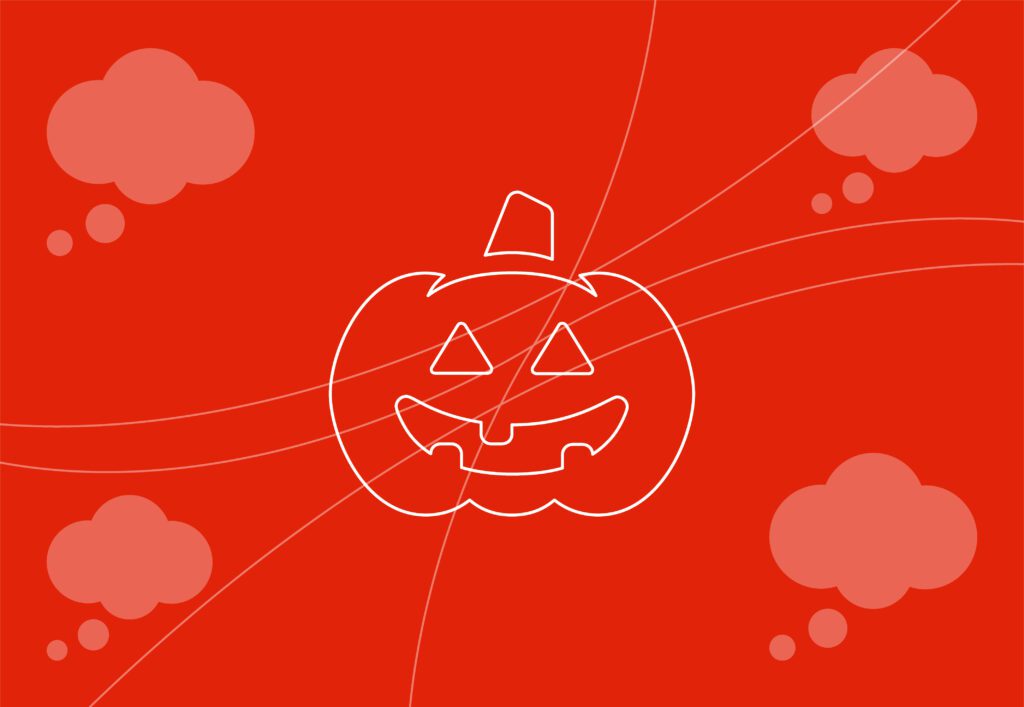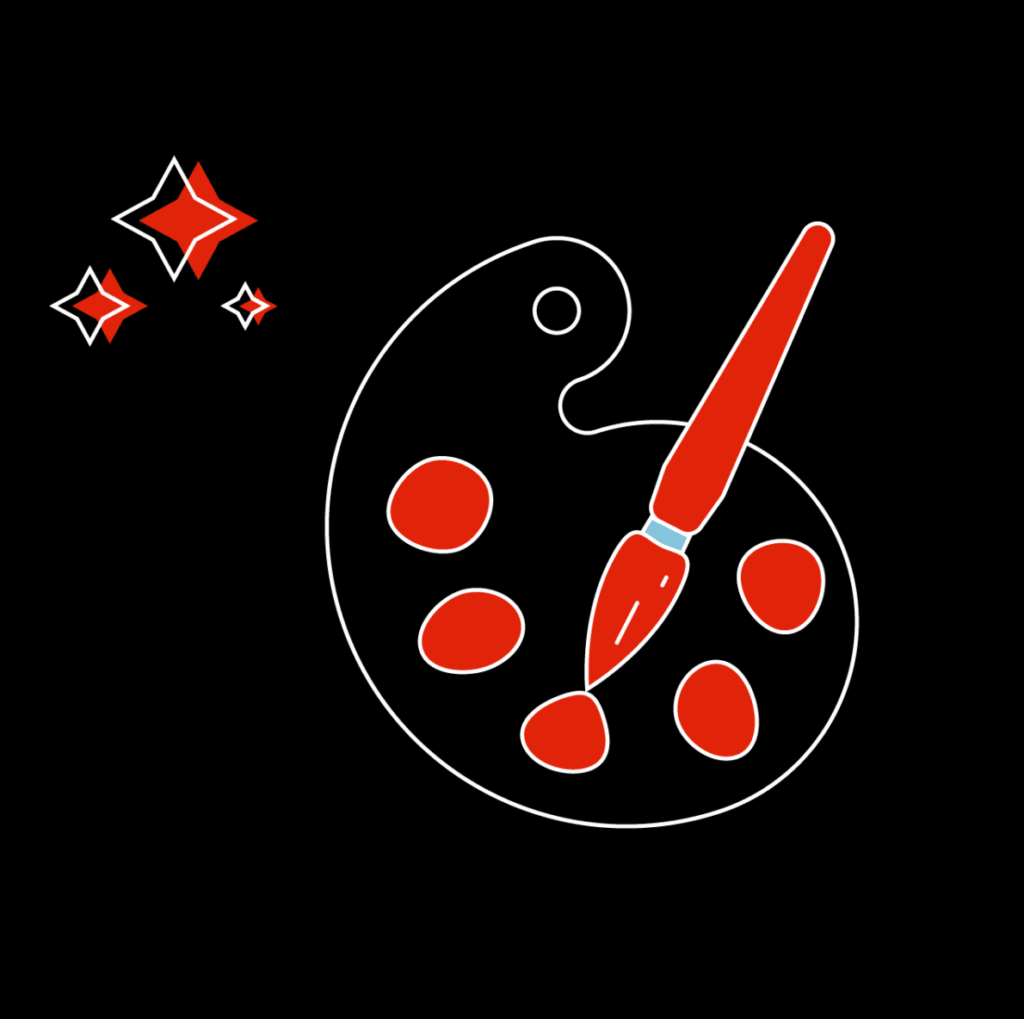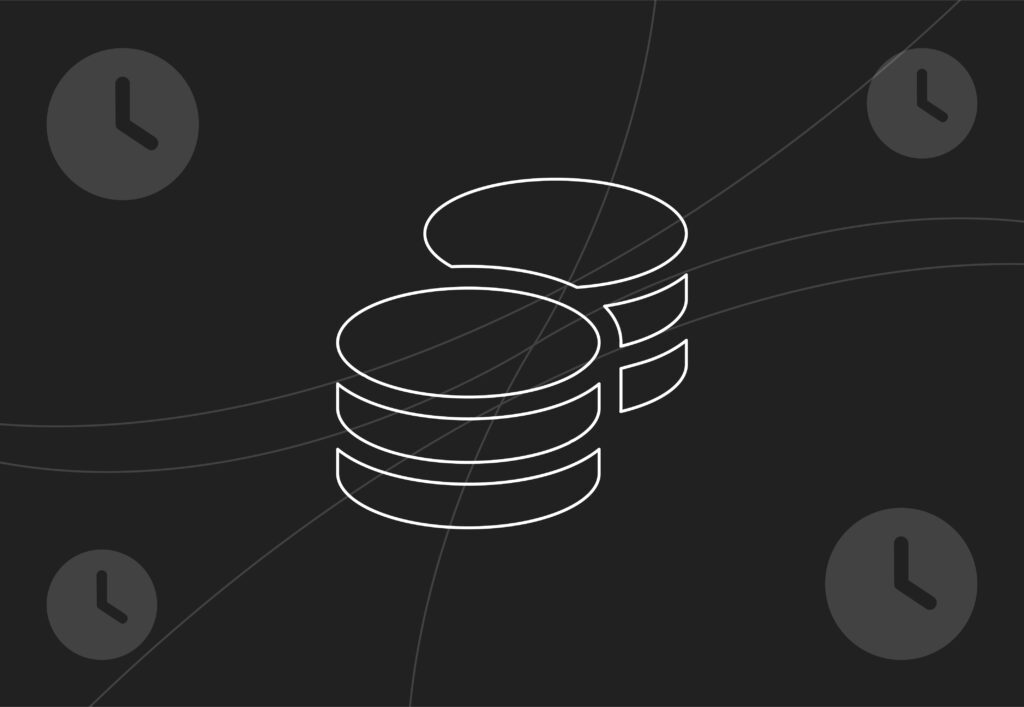
Halloween marketing ideas and tips

Don’t ghost this blog post! 👻 You could be making these mistakes this Halloween. Boring ad copy, simple designs and poor campaign maintenance can cause a massive dip in traffic and spike in ad spend. This is all preventable by ensuring you have these easy steps in place. No tricks, just treats! Here are some PPC Halloween campaign tips to help you make the most of the seasonal spike in searches and conversions in your Google Ads.
Keyword strategy
Something that seems more obvious, is using long tail keywords such as “spooky home decor”. There are lots of benefits to this; however, without proper management, this can lead to potential risks if not monitored on a regular basis.
| Benefits | Potential risks |
| Seasonal campaigns capitalise on heightened demand during holidays or specific times of year, leading to increased sales. | Running seasonal campaigns, particularly when sourcing limited-run products, can result in higher overhead costs. |
| Aligning ads with the season makes them more relevant to current consumer needs and interests, showing that a brand is up-to-date. This will help with ad relevance. | If planning is poor, a business may miss crucial peak seasons, leading to lost sales and revenue. Your campaigns could be at risk of a missed opportunity, |
| Seasonal marketing can encourage higher engagement and build customer loyalty by creating personalised, time-sensitive offers. | If you don’t accurately anticipate consumer demand or effectively manage inventory, you risk a disconnect between your marketing efforts and customer expectations. |
| These will help give you a competitive edge. Seasonal campaigns can help a brand stand out from competitors and create a unique selling proposition. | A strong seasonal strategy requires careful management, including adjusting inventory, messaging, and offers to match the specific season. |
| You can target specific demographics and interests that are more active during certain seasons, increasing the likelihood of generating qualified leads. | If a campaign isn’t tailored to the specific seasonal trends and consumer behaviour, it can fall flat and lead to wasted ad spend. |
| Monitoring performance during seasonal campaigns provides data that can inform and improve future marketing strategies and resource allocation. | Higher risk campaigns need careful management. |
Ad copy with Halloween hooks
A carefully planned hook can be a game-changer in your seasonal strategy. Its more than just getting people’s attention, it also helps to tell a story about the brand. An effective hook that uses humour helps to inspire meaningful action such as clicks, interactions and eventually purchases.
Make sure to refresh your ad copy at least 2 weeks before as people will be looking to make purchases during this stage as they will take into consideration delivery times. Make sure you have delivery times reflected on the site as this will be an extra incentive to get people to purchase within the 1st day of seeing the ad.
A few examples of catchy headlines may include:
- Spooktacular Savings on “X” product
- Don’t Get Tricked! Treat Yourself to “X”
- “Fangtastic Deals”
- “Frighteningly Good Deals,”
- “Hauntingly Good Deals Before They Vanish”
There’s also different styles of hooks such as:
- Question hooks – Looking for a new black dress?
- Negative Hooks – Never spend a fortune on luxury bedding again
- Statistics – 80% of people make this mistake when buying gym gear
- Competitive Hooks – Stop using outdated methods of email marketing
- Sperlatives – Our best-selling product this year
- FOMO – Last chance! Sale ends at Midnight!
The last one might be the most essential for any seasonal ad copy. Best practice is to always include time limits in the ads such as: “Limited Time”, “Before Midnight”, or “Ends October 31st”.
If you have any Pmax or Demand gen campaigns, ensure headlines for the videos have a strong hook. A video with a hook rate of 25% is likely to outperform ads with lower engagement.
Ultimately, a catchy hook grabs people’s immediate attention in a crowded market, increasing the likelihood of customer engagement. A mix of these hooks will make you a marketing wizard!
Display promotions
In order to display these in your ads is to have them set up in your promotion extensions. To do this go to your Google Ads account > select the campaign > asset groups > edit assets > scroll to more asset types > promotion then click the ‘+’. From here you will be able to set up the correct occasion, type of offer (% discount or money off etc) and set a specific time & date to run the promotion.
TIP: Remember to set this under asset scheduling (how long you want the promo to last) as well as display settings (displayed promotion on ads).
Its also key to remember to make sure your promotions are active on the backend of the website on time. There’s nothing spookier than a promotion that doesn’t work and causes lots of customer complaints!
What are the benefits of time incentives:
- Increases sales and conversion rates: Limited time offers can lead to a significant spike in sales and seasonally based ads often have higher conversion rates than traditional ads.
- Boosts customer engagement for new & loyal customers: If you have email automations set up, be sure to have similar messaging to the ones in your ads so that brand messaging over the Halloween period stays consistent.
- Encourages long term commitment: Creating positive experiences through incentives can lead to higher user retention and stronger brand loyalty over time.
- Creates a competitive edge: Offering unique, time-sensitive deals can help a brand differentiate itself from competitors in a crowded market.
- Provides valuable data: Incentivised campaigns allow advertisers to collect data on consumer behaviour, which can be used to refine future marketing strategies and target more effectively. This will be useful for YoY data so that you can see what has gone well in the past & build on this.
Build Halloween-specific audiences
Set up a remarketing list
Use remarketing for users who interacted in September but didn’t convert. First, start by building your custom combination segment. Watch this video here to see how to set this up. This is where Google lets you build a list of customers that defines who you want to target. This is hugely beneficial for customers who later search on Google but through another device. This uses advertising cookies, so it’s based on their previous interactions with the business. For instance, they may do initial research on their mobile device, see the ad again a few days later and convert on a laptop but linked to the same Google Ads account.. As remarketing is set up, the ads are more customizable to the product they are interested in, making the shopping experience better. Remember to give a name so you remember it for future reference, such as “September Visitors – Halloween Promo”.
Put audiences on observation when you launch the campaign so you can see who is more likely to convert and who is not. From here, you can place bid adjustments on users who are more likely to purchase. For example, a positive 10% bid adjustment on ‘Parents with children’ will signal to Google to push spend an extra 10% to these audiences if it thinks it’s more inclined to get a conversion.
There are lots of audiences in Google to choose from that range from broad to specific:
Broader
- Millennials and Gen Z – highly engaged in social and streaming-driven Halloween trends.
- Parents with children – leading costume buyers.
- Halloween enthusiasts – early decorators, horror fans, and event attendees.
Specific Halloween audiences:
- Halloween Costumes
- Information About Halloween
- Costumes
- Halloween Events
- Clown Costumes
- Halloween Party Ideas
- Halloween supplies
- Halloween Decorations
TIP: Avoid using only targeting for audiences (instead of observation) as this will massively restrict the reach of your ad group. Observation won’t change who can see your ads or where they show, but just having this setting on as it’s just used as a guide to make further actions in your campaign, unless, of course, you make bid adjustments.
Negative keywords cleaning
Dust off those cobwebs! Cleaning your search terms is very important to ensure that you don’t pick up on irrelevant traffic. Remember to remove irrelevant keywords associated with Halloween that might not be applicable to your business. For example, some keywords to check could include “Costume”, “Makeup”, “Decorations”, “Party”, “DIY”, “Pumpkin”, “Ghost”, “Mask”, “Candy”, “Trick or Treat”. This will make sure that your product is specific and the traffic is funnelled as efficiently as possible. That way, your CPC shouldn’t spike too much, and CTR (click-through-rate) and SIS (search impression share) should grow.
Website and inventory
Bundle complimentary items with a spooky twist. For example, if you’re selling Halloween decorations and Halloween drink cups, bundle these together and offer a discount which is sold less than the cost of the items individually.
Ensure you highlight your offer clearly on your website and ensure promotions are highlighted here too.
This gives the customer 2 touchpoints to see the promotio. 1st on the ads and 2nd on the site and potentially 3rd if they have received an email too. Customers have to be exposed to an ad at least 3 times before they remember it and around 7 times before they consider buying it. Too many times can leads to ad fatigue so its important that ads are varied so that people dont get put off. So its important to have a good balance!
Marketeers like to use the term frequency capping which refers to the number of times an individual sees an ad to prevent annoyance and optimise campaign performance. Google will do this to a degree with its machine learning algorithm, but campaigns will still need maintence.
A good starting point is to create Halloween-themed visuals for instance:
- Seasonal icons like pumpkins, bats, or candles
- Tagline ideas: “Keep Your Home Cozy This Halloween” (similar to the Hooks mentioned above).
On-brand visuals improve CTR by 10–20% when aligned with the season. This is because visuals increase emotional connection, builds trust and credibility and help to leverage storytelling. For example, product pages/banners that have dark backgrounds and orange highlights resonate more with Halloween than websites that simply just have a Halloween promotion on.
Key takeaways:
- Set frequency caps: Limit the number of times a specific user sees your ad within a given period to prevent them from becoming annoyed
- Refresh your ad copy and creative regularly: Update visuals, headlines, and copy to keep your ads looking fresh and engaging.
- A/B Testing: Continuously test new ad variations, formats, and messaging to see what performs best.
- Implement audience segmentation. Customise messages for different groups, for example, have 2 separate ad groups showing different ads to new versus returning customers.
- Use automated rules. Configure ad platforms to automatically pause underperforming ads or adjust bids when metrics indicate declining performance. This will also be important for pausing ads this year as Halloween is on Friday and expected to drop sharply on Saturday 1st Nov.
Our treat to you…
Halloween is all about being creative & having fun during the spooky season. Take a look at some of the most innovative campaigns over the years.
McDonalds blends their iconic packaging with creative artwork to shape the narrative of their brand. Consequently, Mcdoanlds was able to gain brand recognition despite the increase in competition during the season.
Ikea has a clever approach to childhood fears of monsters under the bed. Except this ends up being relatable to parents who are their target market. This is a fun, relatable way to make more mundane tasks like buying a bed more interesting and the go to brand for buying beds/bed frames.
Air BnB’s “Sleep in draculars castle” was unique giveaway campaign in 2016 where winners from a contest could stay in a Castle Bran (Dracula’s Castle) in Romania. As you can imagine this created a lot of buzz for the brand. This is just another example of how you can make your business synonymous with specific seasons. Source.
If you looking to develop you PPC strategy and make it more exciting as well as profitable, why not get in touch with Embryo today. Do you have any PPC horror stories?


